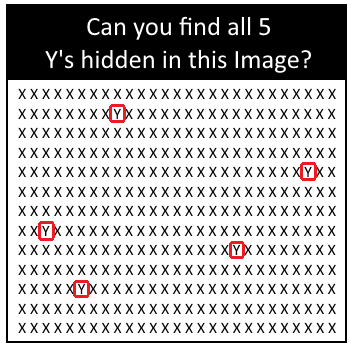

Patterns to create images that can be deceptive or misleading. Hill in 1915, Op Art (optical art) was born.Game y8 - Optical Illusion Description Optical Illusion online crazy games Optical Illusion - Try tackling the 8 perplexing optical illusions in this interactive game. Thanks to the famous cartoon of the simultaneously young and old woman sketched by artist W.E. Oppel and Hermann von Helmholtz exhaustively researching the phenomenon of optical illusions. All Reviews: Mixed (35) - 51 of the 35 user reviews for this game are positive. When the set is completed, the player has to puzzle the four cards into one image. Instead of a set of two the player has to find a set of four. Optical Illusions Game is a new game that resembles the emory game, but with three bonuses: 1.

Find the perfect angle by rotating the camera to clean up the chaos and find a shocking story fraught with twists. He wrote many books about optical illusions and street photography. It was Plato who surmised optical illusions work because they rely on the senses and the mind.įast-forward to the 19 th century and you’ll find artists, philosophers, psychologists and scientists around the globe like Johannes Mueller, J.J. Challenge your mind with puzzles based on optical illusions. 50 Optical Illusions is an online puzzle game developed by Ties Wijnker, and has been played 600824 times on. Most illusions are interactive, click them to see an animation. These innovative thinkers proposed that our sensory organs are capable of deceiving us. Read the description text for each optical illusion first. Related Images: illusion impossible triangle abstract geometric eye optical ilusion hypnotic geometry. Optical illusions and the theories behind them can be traced back to Greek philosophers in the 5 th century BC. Sounds exhausting, right? It is exhausting, even for the king of your central nervous system! Evolution of optical illusions This means your eyes are constantly trying to figure out what they’re seeing and the brain is constantly telling them what to look at next. The brain continues to process subconsciously after “seeing” the image. Looking for a way to give your brain a jumpstart Try tackling the 8 perplexing optical illusions in this interactive game. In fact, it only takes 13 milliseconds for the human eye to process an image. You can actually buy one of these creations by award-winning illusion designer (totally a thing) Kokichi Sugihara, so you can blow your kid’s mind with a physical object (as opposed to one on a screen) and have the perfect prop handy next time someone drops square peg, round hole on a conference call.Turns out the former can fit into the latter, at least when. Your eyes take in an enormous amount of information very quickly. They use optical illusions to study the human brain, namely how it interprets the information our eyes send to it. Today, neuroscience and optical illusions are tightly woven together because researchers view them as more than entertaining brain games. The good news is if you stare at one spot, the image will stop moving. The image shows a shaft of sunlight beaming through a naturally-made stone tunnel onto a stream and some surrounding undergrowth. A woman seeking reassurance that she isnt the only one with a dirty mind took to Twitter to share a real-life optical illusion. That’s why your brain thinks the image is moving. Well, the latest has everyone obsessing over a picture of an x-rated optical illusion. When similar patterns are repeated and merged together, it changes your visual perception of the object. This creates a rippling effect called the moiré effect. Think of it as a ghost image overlapping a new image. One theory is this movement causes you to “see” the after-image stored in your retina along with the new image. The rapid movement of your eyes is involuntary, so you can’t really blame them.

While you’re looking at the pattern, the small, rapid movements of your eyes are at fault for making this optical illusion work. The reality is that this is a static image that isn’t moving at all. Want to see an example in action? Take a look at the image above. If the clues are optical illusions designed to induce things like lateral inhibition ( Hermann grid illusion), pareidolia (seeing faces in inanimate objects) or Troxler's effect (things in peripheral vision to fade), then your brain ends up fooled and confused. Things like colors, shadows and perspectives help the brain understand what it’s seeing, so your brain starts to form an opinion based on these clues.

Optical illusions work because your brain needs a little rest, so it devised a few shortcuts along the way. And when you dig deeper into the realm of optical illusions and brain games, you’ll discover why your eyes are such brilliant organs. The notion that your eyes can trick you into seeing something that’s not really there is mind-blowing. For centuries, people around the world have been fascinated with optical illusions.


 0 kommentar(er)
0 kommentar(er)
